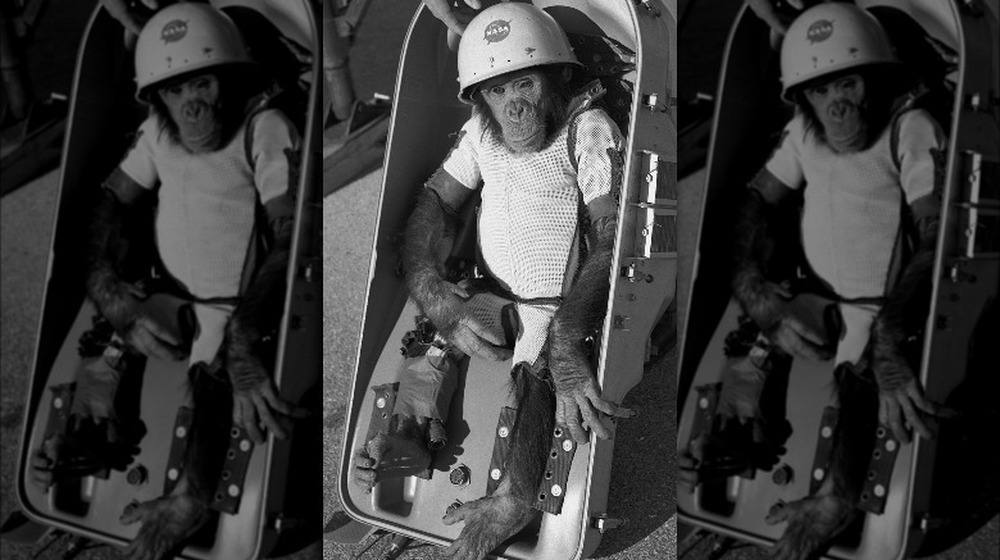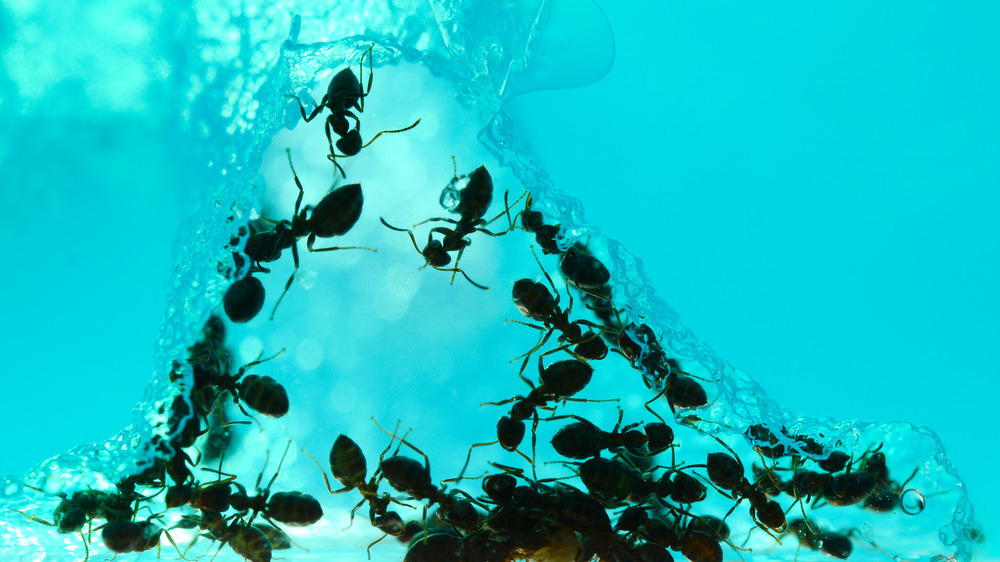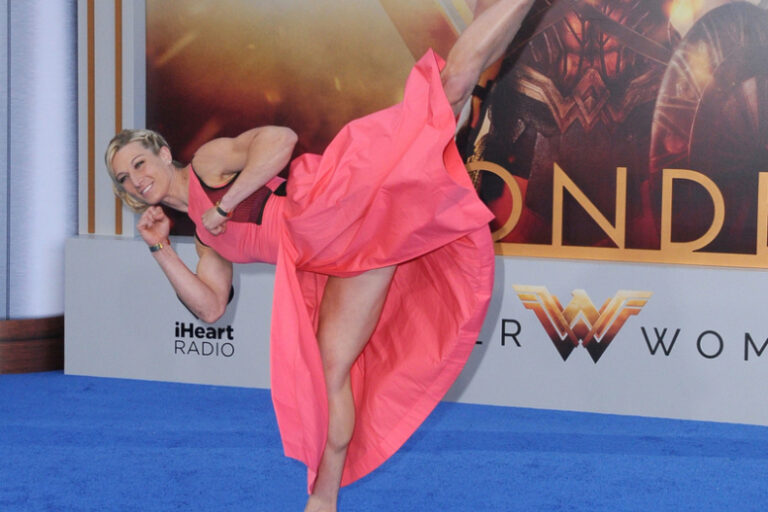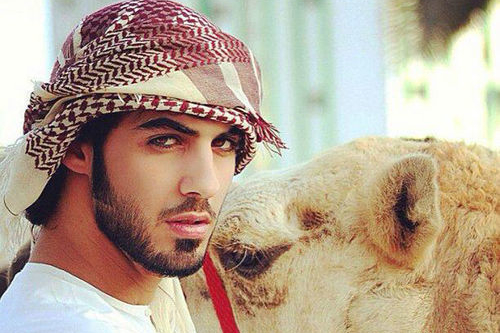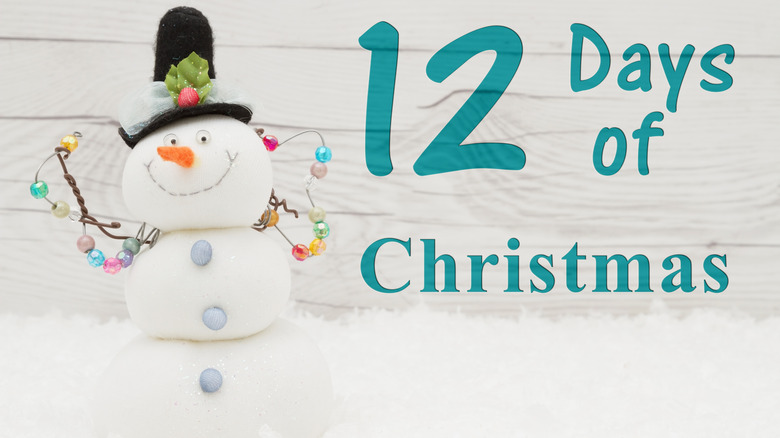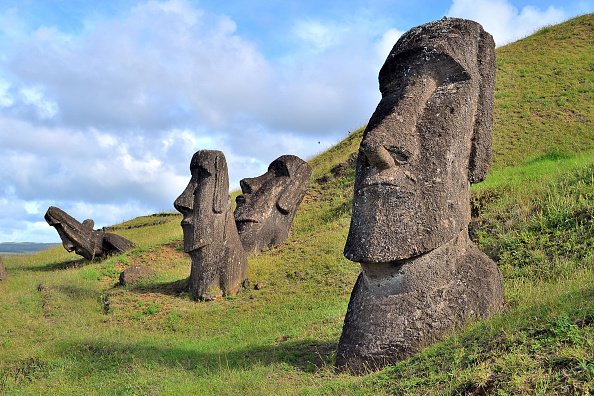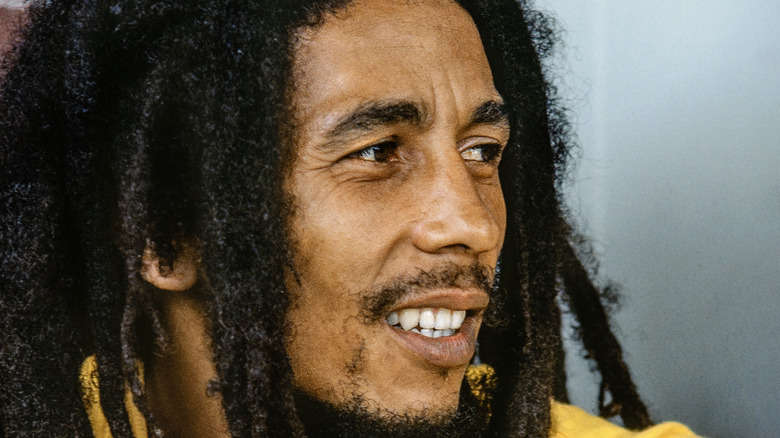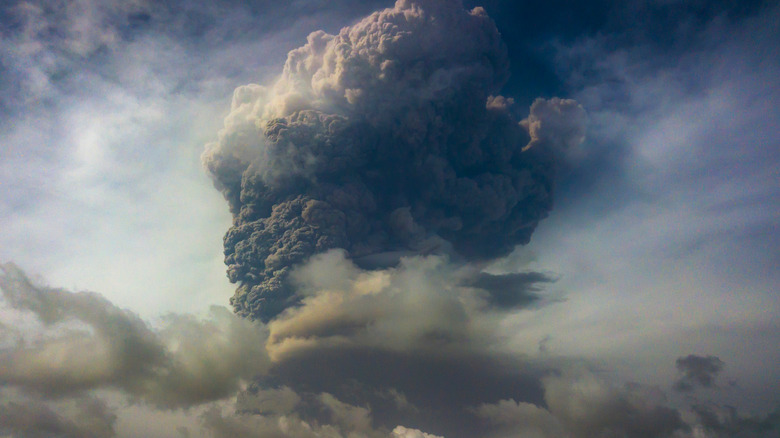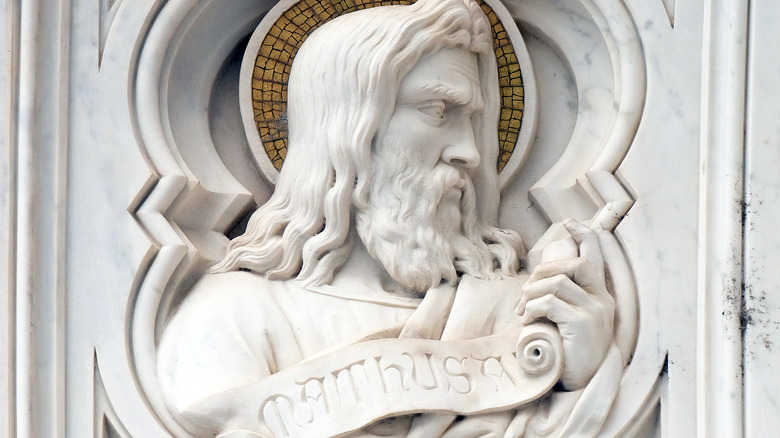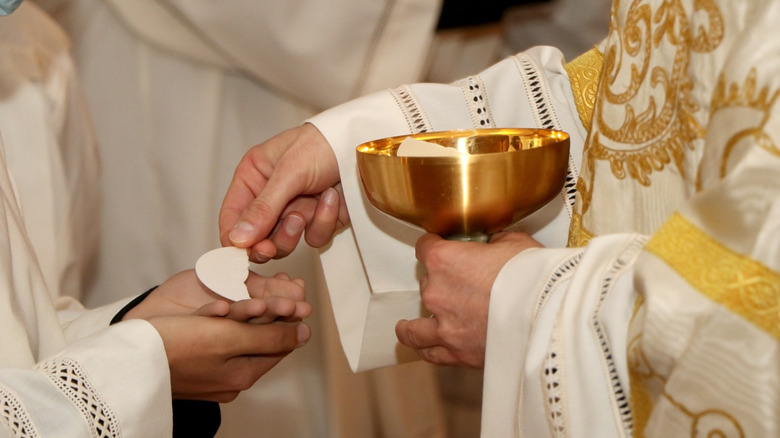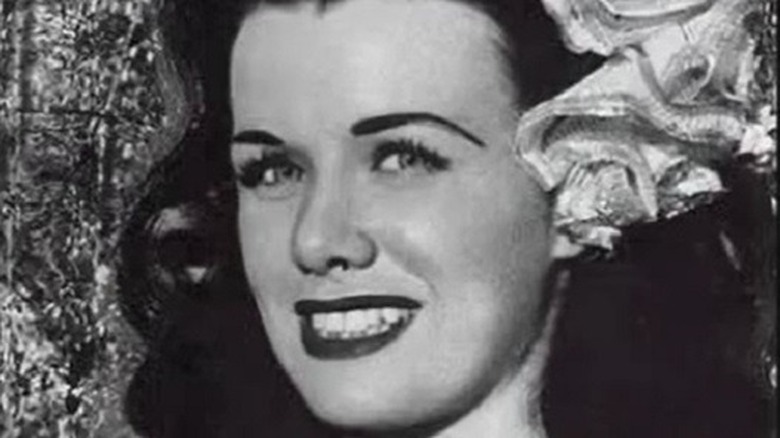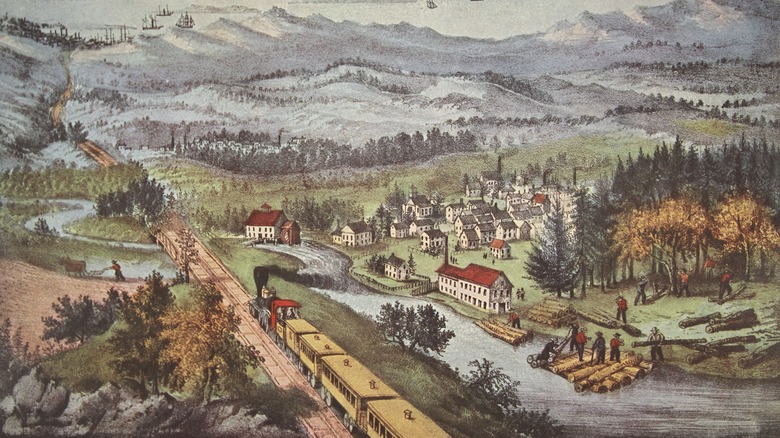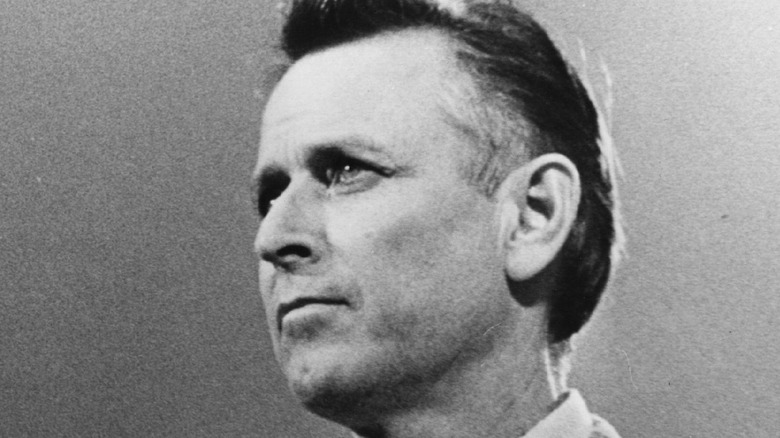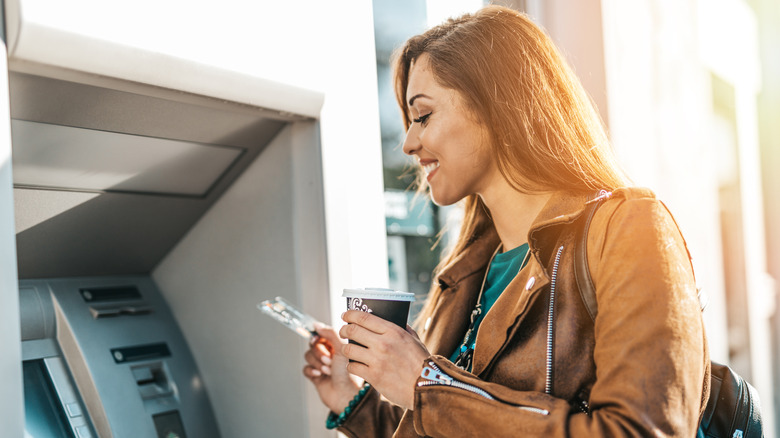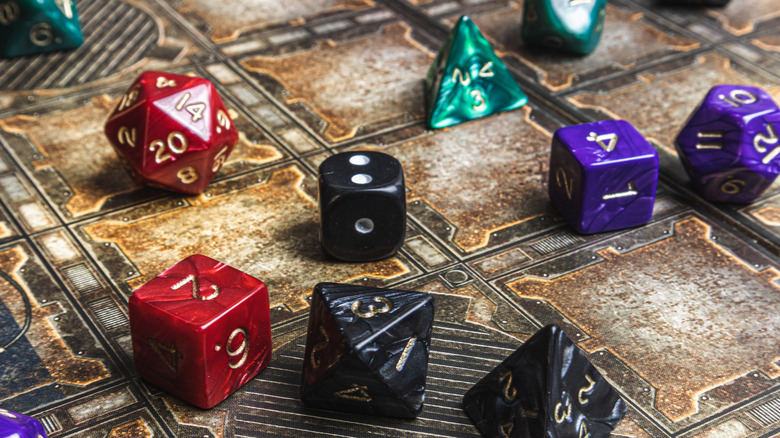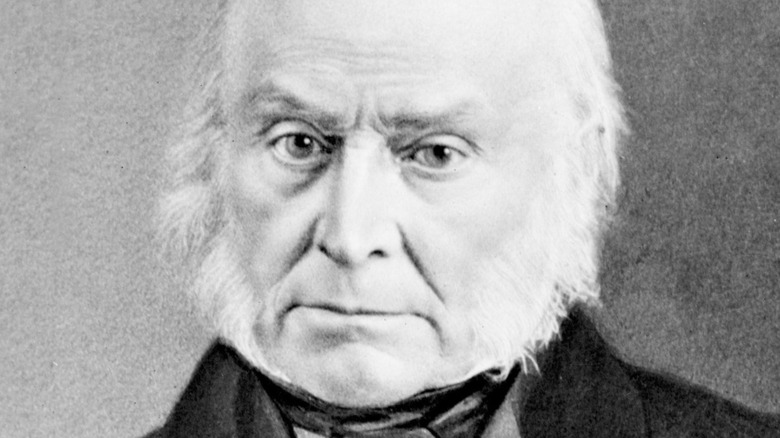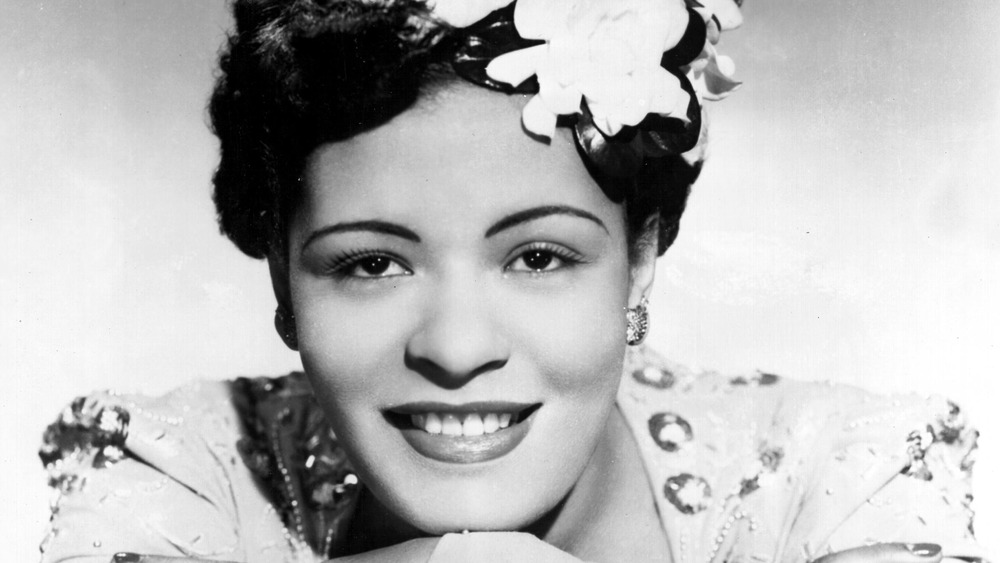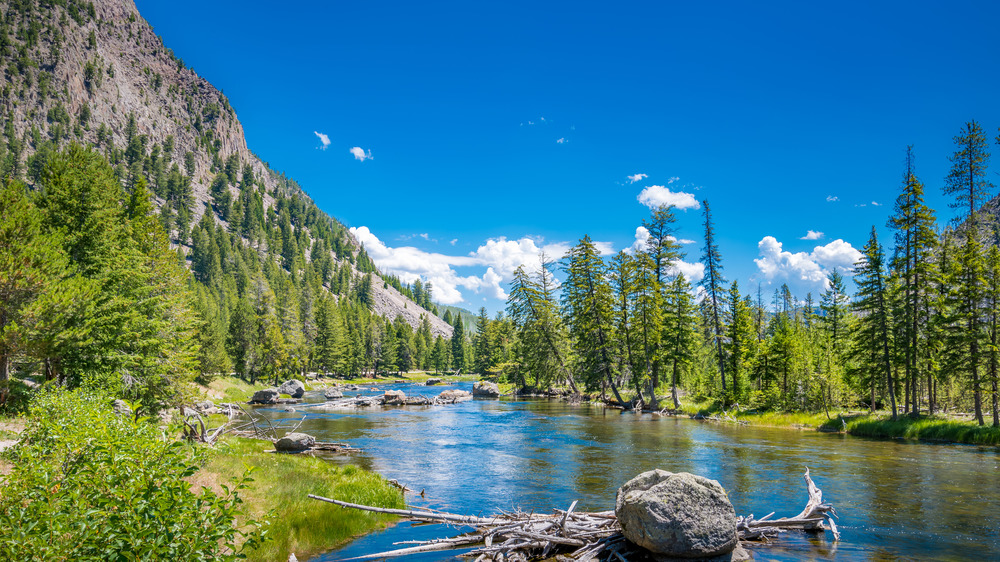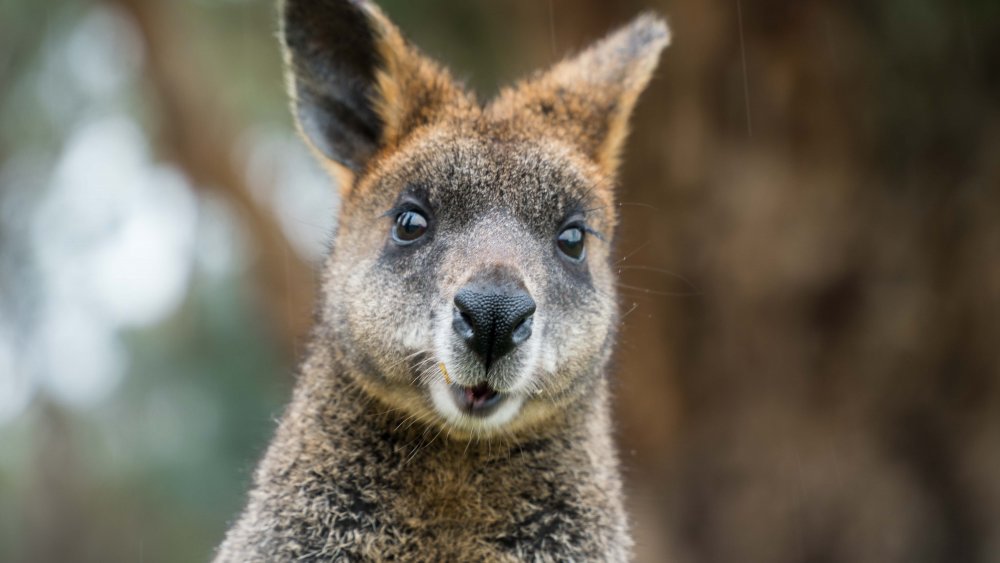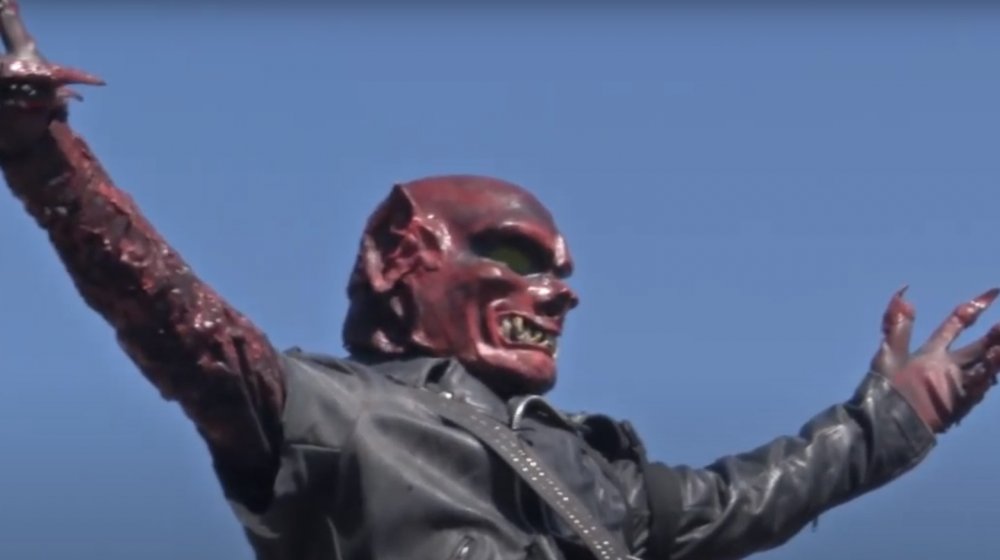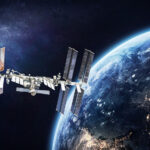
The Real Reason There Are Animals In The ISS
The International Space Station is a hive of scientific activity orbiting over 250 miles above the Earth‘s surface. According to CNN, teams of international scientists have performed over 2,500 experiments on the station in its more than two decades of life. “Whatever your scientific interest is, we’re probably doing some related research on the space station,” said Stephanie Schierolz, a spokeswoman for NASA. ISS scientists study everything from particle physics to fire behavior to the mechanics of using the bathroom in space (luckily they figured that one out, though not without a few hiccups). However, according to NASA, one of the biggest concerns today is how microgravity affects the human body. But only mad scientists use human subjects for risky experiments involving the great unknown, so astronauts perform a variety of experiments on animal subjects to try and extrapolate how outer space might affect the human body on a really long trip, like to Mars.
But don’t worry. They’re not sending animals up to space all willy-nilly (not anymore). The method of choice is actually to use computer models, so space scientists always try that before even thinking of rocketing an unwilling little critter into orbit. But there are some tests that require a living animal subject, so astronauts have taken quite a few of our animal friends up into space with them over the years. And they’ve been able to come away with a wealth of helpful information and fun facts about how animals behave in microgravity.
What types of animals do they use for experiments on the ISS?
Animals actually made it to space before people did. The first was supposed to be Albert, a rhesus macaque in 1948, but he died tragically before the rocket even took off, according to NASA. Albert II made it into space the next year. He survived the microgravity, but was unfortunately killed after a parachute failure on the way back to Earth. Luckily, things have gotten better for animals in space since then, and now NASA adheres to strict safety guidelines when taking an animal into orbit.
They also make a ton of modifications to their temporary habitats to help the animals out. For example, you can’t just take a mouse up in its woodchip-lined cage into space, for obvious reasons. They are taken in wire mesh cages that allow them to grip in order to move around. They are given water in pressurized bottles, rather than their normal gravity-fed ones. And their pellets of dry food are replaced by compressed food bars.
Laura Lewis, of NASA’s Ames Institutional Animal Care and Use Committee, said that animals adapt to microgravity more quickly than you’d expect. “Within 5 minutes, mice are floating in their living spaces, grooming themselves, and eating, just as they would on Earth.” Some things are quite different, however. Baby mammals can have some difficulty nursing or cuddling up to find warmth, things that are apparently much easier when you know the difference between up and down.
Other animals on the ISS
It’s not just mice and monkeys up in space. Astronauts have taken all kinds of animals up into orbit. They’ve experimented on fish and tadpoles to see how they swim in microgravity, which they do in circles, instead of straight lines. Without gravity to orient them, they’re not sure where to go. They’ll swim toward light if one is shining nearby. According to Mental Floss, Hawaiian bobtail squids have been taken to the ISS to carry out experiments on how the cephalopods react to bacteria in microgravity. Scientists have also taken ants up into space. They wanted to see how the colony behaved compared to others on Earth. They hoped to be able to develop the data into new algorithms that could facilitate more space exploration by robots, rather than humans.
In 2014, astronauts performed experiments on flatworms to test their regenerative properties in space. They snipped off their heads and tails to see how well they’d grow back in microgravity. The data collected provided clues into how human wounds might heal during space flight. They’ve also gone down to the microscopic level, taking bacterial samples from a variety of places, such as dinosaur bones, TV sets, football stadiums — even the Liberty Bell — and took them up in petri dishes to see if they would grow into colonies on the space station. Animals have helped our mission to explore the final frontier in a number of ways, and we should all be grateful for their contributions.
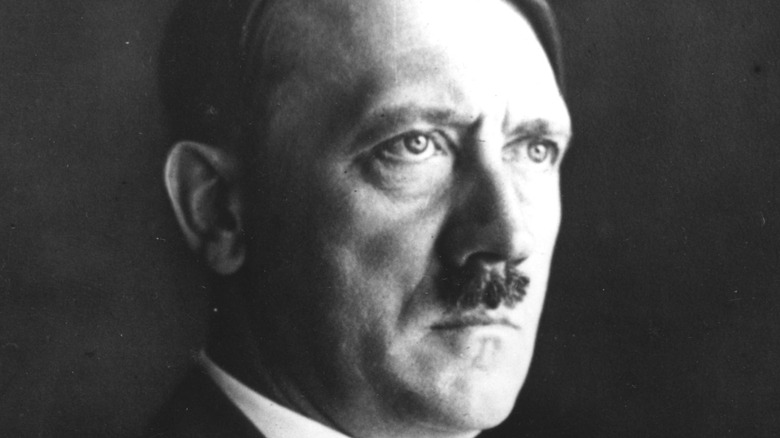
Hitler Was More Evil Than You Thought. Here's Why
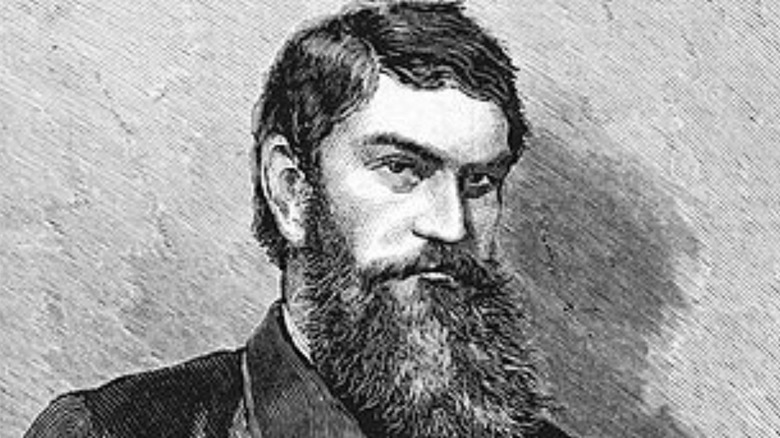
Here's How Many Victims Ned Kelly Really Had
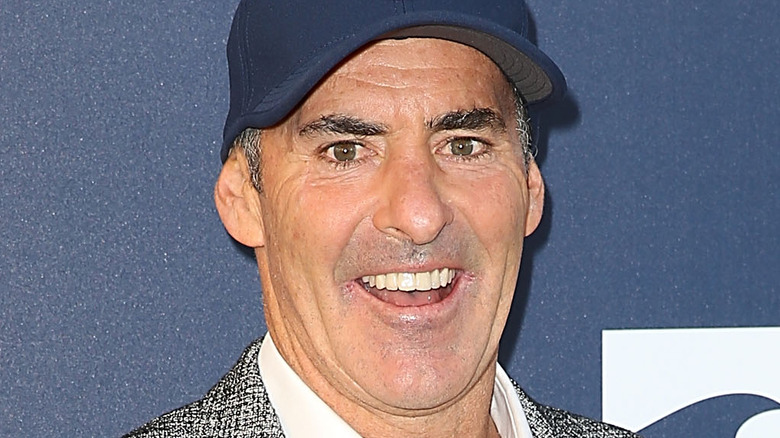
The Truth About Big Wave Surfer Garrett McNamara's Childhood
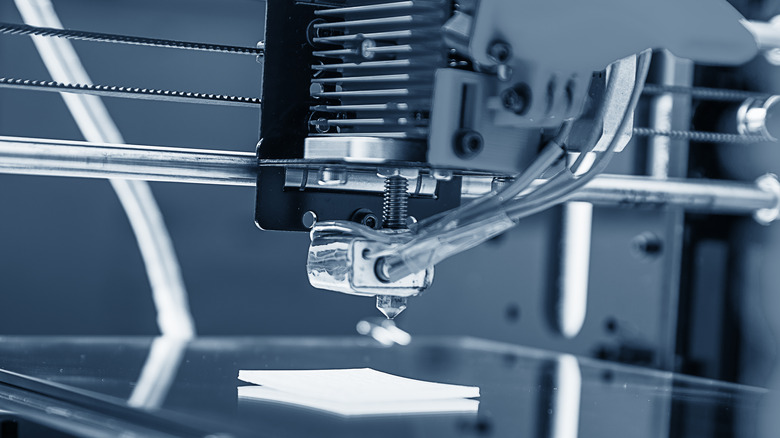
The Scary Weapon People Can Create With 3D Printers
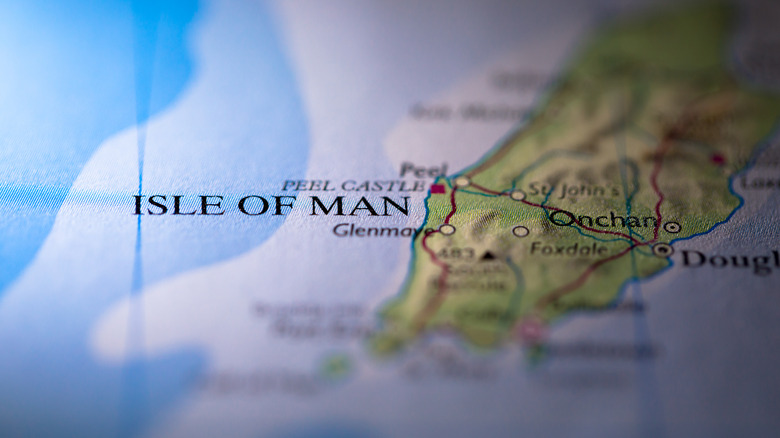
What You Should Know About The Last Native Speaker Of Manx
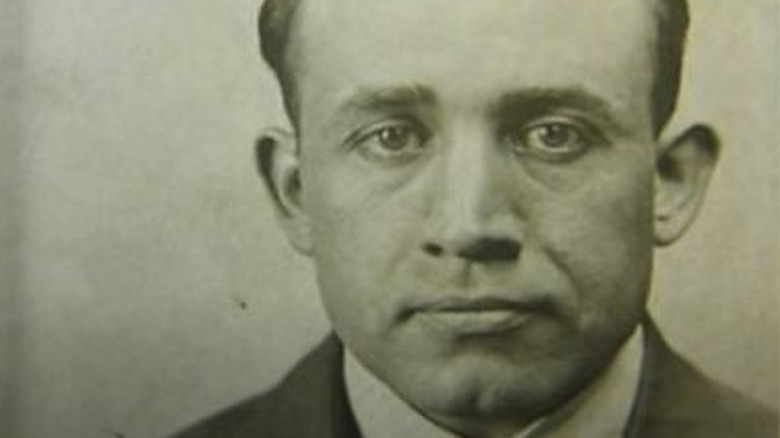
How Many Victims Did 'Gorilla Man' Earle Nelson Have?
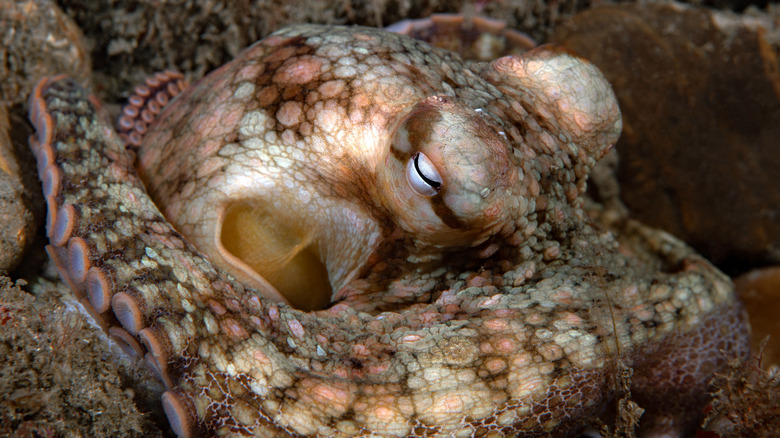
Creepy Facts About Animals That Will Keep You Up At Night
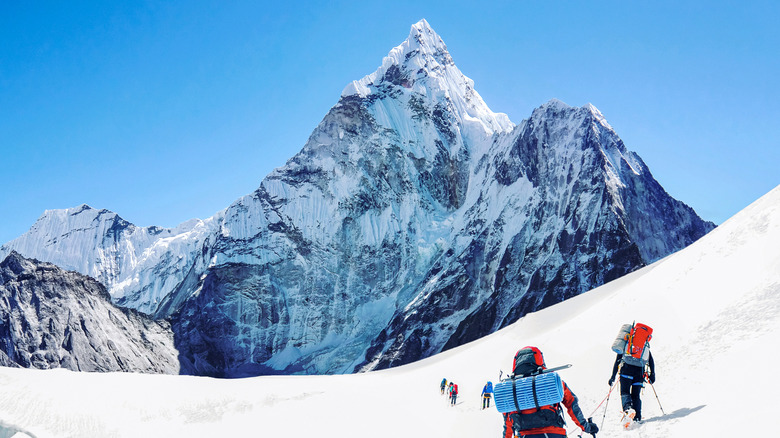
How Dead Bodies Actually Help Hikers At Mount Everest
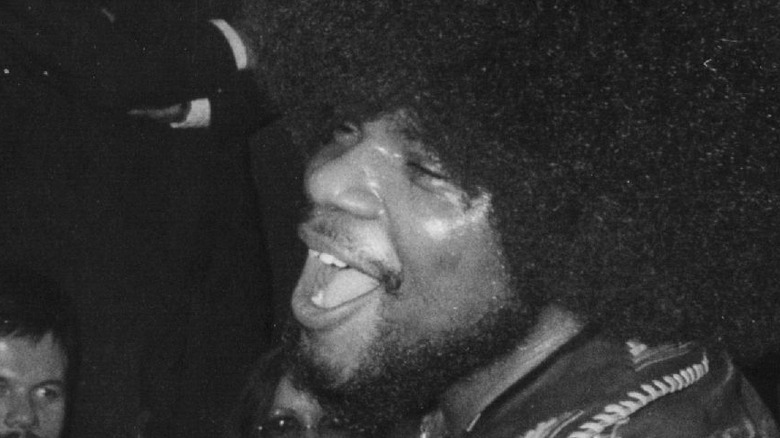
The Untold Truth Of Billy Preston

The True Story Of The Time Jane Fonda Saved Her Grandson From A Bear
